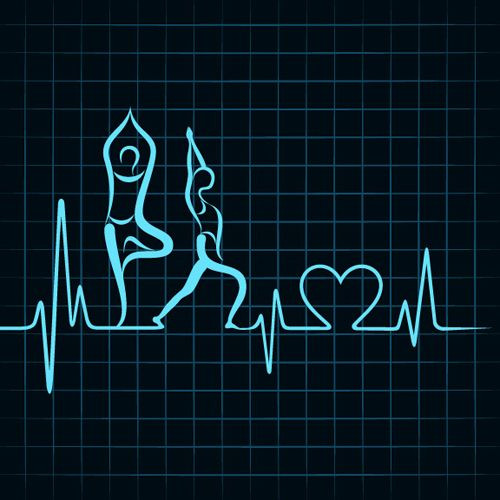Yoga Can Reduce Risk of Heart Disease; Practice These Types Of Yoga For Better Heart Health

Yoga classes may soon be recommended as a therapy treatment for patients with risk factors for cardiovascular disease. Researchers from Erasmus University Medical Center in the Netherlands collaborated with America’s Harvard School of Public Health to study the extent of yoga’s heart health benefits and published their findings in the European Journal of Preventive Cardiology.
The study’s lead researcher Myriam Hunink said they were surprised to see just how beneficial yoga was on cardiovascular health, and they can’t really explain why. "Also unclear, are the dose-response relationship and the relative costs and benefits of yoga when compared to exercise or medication. However, these results indicate that yoga is potentially very useful and in my view worth pursuing as a risk improvement practice," she said in press release.
Hunink and her team of investigators studied 2,768 subjects from the Netherlands and the U.S., and compared how well it lowered risk factors for cardiovascular health from other physical activities such as biking or brisk walking.
"This finding is significant," the study’s authors wrote "as individuals who cannot or prefer not to perform traditional aerobic exercise might still achieve similar benefits in [cardiovascular] risk reduction."
Yoga weaves physical, mental, and spiritual elements together to deliver a meditative workout. In the past, research has shown yoga to decrease risk factors associated with cardiovascular disease, such as bad cholesterol, blood pressure, and a high body mass index (overweight or obese). This time researchers wanted to see how patients with existing heart disease who have incorporated no other exercises into their life could benefit from yoga.
It was highly accessible for "patients with lower physical tolerance like those with pre-existing cardiac conditions, the elderly, or those with musculoskeletal or joint pain,” the authors wrote. Yoga isn’t as difficult to practice and doesn’t put the same strain on muscles, ligaments, and bones as other weight lifting or aerobic exercise do. In addition, it doesn’t usually require equipment or much exercise space, which means an easier transition into implementing yoga classes for patients in and out of hospital or care facilities can be possible sooner than later.
“Yoga has the potential to be a cost-effective treatment and prevention strategy given its low cost, lack of expensive equipment or technology, potential greater adherence and health-related quality of life improvements, and possible accessibility to larger segments of the population,” the authors concluded.
Yoga Practices For Heart Patients
- Hatha yoga may be the most beneficial because it focuses on breathing and slow movement, which would be optimal for beginners.
- Kripalu yoga is a slow-moving practice that teaches body-mind awareness. By focusing on how the body feels and moves while remaining calm through breathing exercises, patients will surely see a drop in blood pressure.
- Sivananda yoga is highly recommended for those who have physical disabilities. It transitions a person through 13 different poses. In between each pose the patient will lie down and practice breathing. Many yoga instructors believe it can help decrease the chance of disease.



























